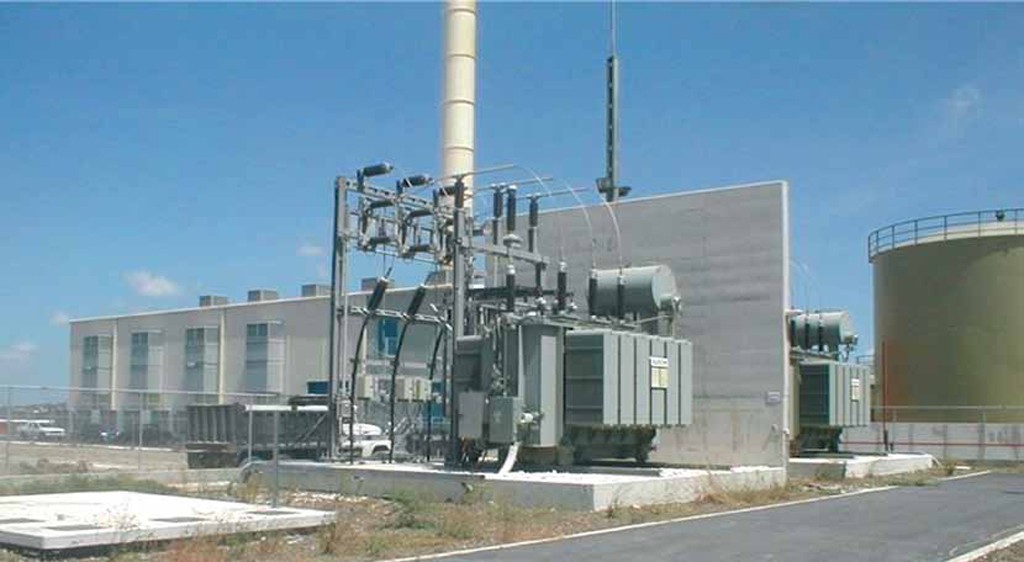Thermal imaging cameras for substation monitoring
By EPR Magazine Editorial June 6, 2018 12:00 pm IST
By EPR Magazine Editorial June 6, 2018 12:00 pm IST

Electric power utilities with aging infrastructure face increasing risk of blackouts and brownouts. By using FLIR thermal imaging cameras and automation software, impending equipment failures and security breaches can be detected anytime, day or night, at a remote monitoring location.
Failure cause and effect
The risk of blackouts and brownouts are increasing on the power distribution grid due to aging infrastructure, and a lack of automation systems that monitor the condition of critical equipment at substations and elsewhere on the grid.
For example, transformer fluid leaks or internal insulation breakdown cause overheating that leads to failures, but many utilities don’t have automated thermal detection systems that reveal these problems.
Whatever the cause, a critical substation failure may cascade into series of failures. The result can be a massive failure of banking facilities, security systems, manufacturing plants, food refrigeration, communication networks, and traffic control systems. Of course, an electric utility involved can lose huge amounts of revenue and incur enormous costs in getting their systems up and running again.
Thermal imaging cameras help to save money
Thermal imaging technology can improve the reliability and security of electric substations. Although electric utilities have for many years used handheld thermal imaging cameras to monitor substation equipment, quite some are now turning to permanently installed thermal imaging camera systems. Through the use of automated thermal imaging cameras and innovative software, FLIR and its partners have developed monitoring systems that provide early warning of impending equipment failures.
These systems employ advanced sensing and measurement technology, control methods, and digital communications. They are able to anticipate, detect, and respond rapidly to problems, thereby reducing maintenance costs, the chance of failure, a blackout, and lost productivity.
Just one example: one large utility discovered a hot bushing rod in a substation transformer and repaired it at a cost of only €12,000. A similar problem that occurred before the firm instituted its thermal imaging program resulted in a catastrophic failure that cost more than €2,250,000.
A few substation components whose thermal signatures are precursors to failure
include:
– Power transformers (oil levels and pump operation)
– Load tap changers (oil levels, other internal problems)
– Insulator bushings (oil levels and bad connections)
– Standoff insulators (moisture, contamination, degradation)
– Lightning arrestors (degradation of metal oxide disks)
– Circuit breakers (oil or SF6 leakage)
– Mechanical disconnects (bad connections, contamination)
– Control cabinets (wear and tear on fans, pumps, and other components)
– Batteries.
Detection of temperature increases in these components with thermal imaging cameras allows preventive maintenance operations before an unplanned outage occurs due to outright failure.
Principles of thermal imaging
The first principle of thermal imaging is “many components heat up before they fail”.
Second, all objects emit thermal radiation in the infrared spectrum that is not seen by the human eye.
Typical system configurationsThese systems can automatically perform site patrols, monitor equipment temperatures without human supervision. The video images and their temperature data are carried over Ethernet, wireless, or over fiberoptic cables to an appropriate interface that communicates this data to the central monitoring location.
The schematic diagram depicts a typical substation monitoring system that uses FLIR A310 thermal imaging cameras. Systems of this type have been installed at substations worldwide. The most advanced versions of these systems provide time-stamped 3-D thermal modelling of critical equipment and areas.
FLIR A310
FLIR A310 is a fixed mounted thermal imaging camera. It can be easily integrated in an all-weather housing and installed almost anywhere to monitor critical equipment and other valuable assets. It can safeguard your substation and measure temperature differences to assess the criticality of the situation. This allows you to see problems before they become costly failures, preventing downtime and enhancing worker safety.
Features
– Built-in extensive analysis functions
– Built-in alarm functions
– Ethernet/IP and Modbus TCP compliance
– Easy sharing of analysis, alarm results to PLC’s.
– PoE (Power over Ethernet)
– Digital inputs/outputs
– Built-in 100 Mb Ethernet connection.
Contact
FLIR Systems India Pvt Ltd
1111, D Mall, Netaji Subhash Place,
Pitampura, New Delhi – 110034
Tele: +91-11-4560 3555
Fax: +91-11-4721 2006
www.flir.in
We use cookies to personalize your experience. By continuing to visit this website you agree to our Terms & Conditions, Privacy Policy and Cookie Policy.